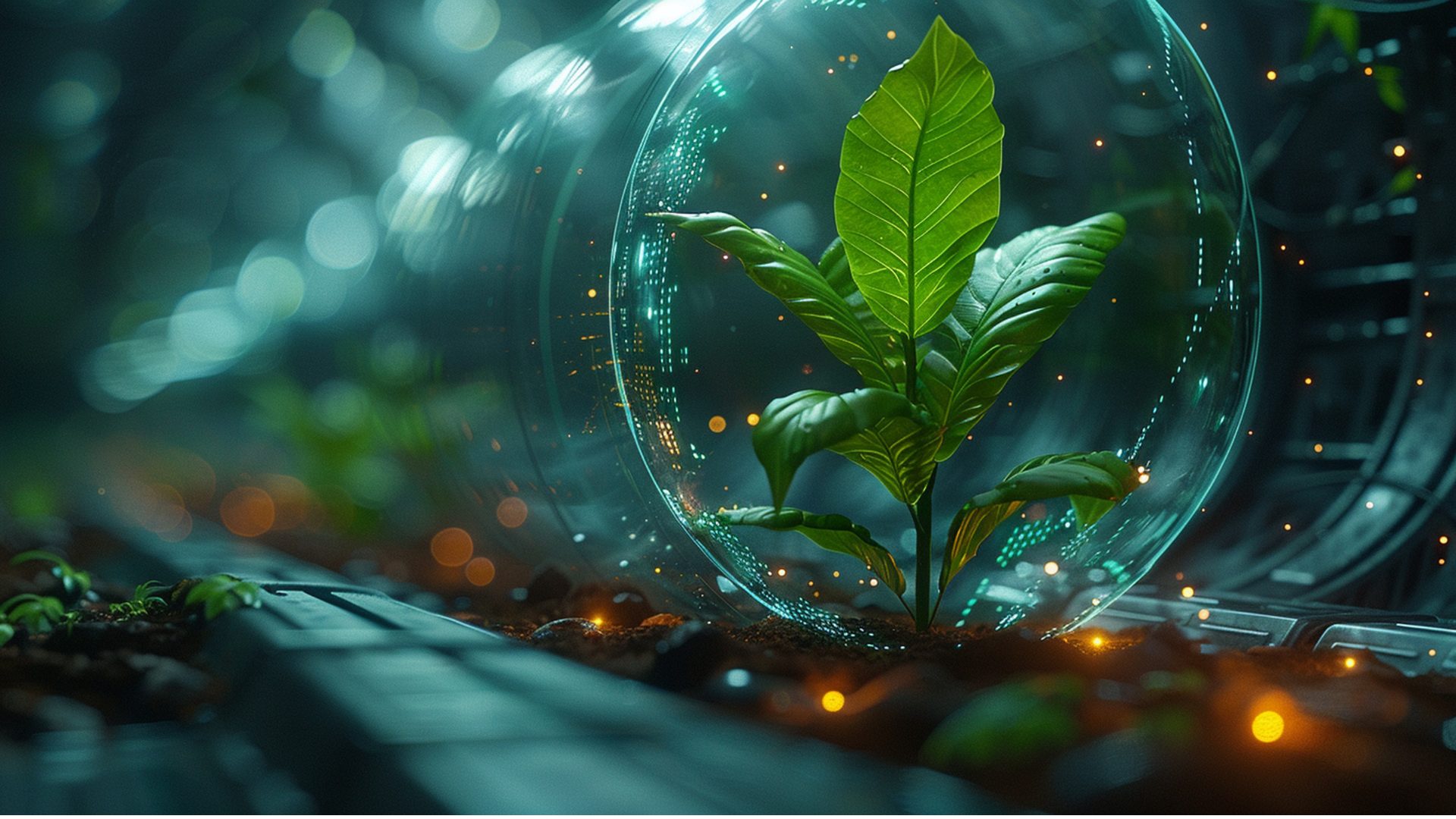In surveys, consumers frequently express a willingness to pay extra for products they perceive to be sustainable, but actual shopping behavior often tells a different story.
For instance, a 2022 study by the consulting firm BCG found that while 80% of respondents said they cared about sustainability, less than 7% actually paid extra for sustainable products.
Fast forward to April 2024, when British grocery chain Waitrose added a small yellow label to nine of its store-brand chocolate bars — “Tony’s Open Chain: Together, we’ll end exploitation in cocoa”—and increased the price of the bars from two British pounds to £2.20.
In the week after the launch, sales for the chocolate bars shot up by 43% year-over-year and averaged 34% in the first six weeks, reported The Wall Street Journal.
What sets sustainably sourced chocolate apart from the rest? Two major themes come into play.
1. The Rise of the Self-Educated Consumer
Consumers have become much more aware of the issues that impact the production of their food and care more about them, said Troy Pearley, Divine Chocolate EVP and GM of North America.
And when consumers are educated about the impacts of the chocolate that they’re purchasing, major factors weigh upon the decision.
“Unfortunately for chocolate lovers, cacao is an exceptionally difficult ingredient to source without negative environmental or social impacts,” said Christina Lampert, Director of Growth and Innovation at independent research company HowGood. “Cacao is associated with high greenhouse gas emissions, biodiversity loss, and especially high risk of labor abuses including child and forced labor.”
“Human rights issues are important to many people now – how workers are treated throughout the entire cocoa supply chain, if they’re being paid fairly, and so on,” Pearly told FI. “Consumers know there’s the possibility of child labor practices among unethical manufacturers, and now there are ways to avoid being a part of that.”
In recent sustainability labeling trials that HowGood and Vusion Group conducted in London, the sales lift for human rights labels was highest among all sustainability attributes.
“Products with a ‘Fair Labor’ badge sold up to 45% higher compared to products that did not achieve the badge,” Lampert told FI. “For chocolate, where human rights are at the forefront, this consumer preference illuminates a real opportunity for brand differentiation for those who prioritize and communicate their impact on both people and planet.”
TikTok has become a valuable peer-to-peer tool for consumer education.
“People are realizing that choosing cheaper alternatives merely shifts the true cost – someone else, somewhere else, pays the price down the line,” said Katie Sarna, Co-Founder and CEO of Santa Cruz Fungi. “Unlike before, when large corporate brands controlled the narrative, real-time, real-world information is now shared globally in the blink of an eye, bringing stories of unethical practices to light and making them harder to suppress.”
2. “Scrimp and Splurge” Behavior
Along with heightened consumer awareness, consistent demand for premium products also plays a role in why sustainable chocolate sales remain strong despite inflation.
As Brett Townsend, SVP of Strategy at Quester and author of Insights on the Brink observes, it is advantageous for brands to clearly position themselves on either the value or premium ends of the product spectrum.
“There’s an old saying about brands of products and services: you live on the ends and die in the middle,” Townsend told FI. “Many brands that are in the murky middle have trouble maintaining consistently strong sales because when economic issues arise, consumers either trade up or trade down; they rarely go into the middle.”
However, even people on the low end of the economic spectrum splurge on premium products — especially when money is tight, and they need moments of indulgence and gratification.
“It’s the common ‘scrimp and splurge’ behavior: people will cut spending on some products and spend on others,” said Townsend. “It also helps that premium dark chocolate is a relatively affordable treat compared to other extravagances.”
All of this is reinforced by the fact that many consumers seek clean ingredients, perceived health benefits, taste, and a desire for sustainable products.
“It’s an established metabolic pathway in the brain so consumers don’t think much about it unless a drastic price increase or product shortage happens,” Townsend concluded. “So no matter what is going on in consumers’ financial lives, expect lovers of sustainably sourced dark chocolate to keep those small moments of happiness in their day.”
The Food Institute Podcast’s “Foodservice Gamechangers” Series
Get to know the men and women behind the scenes of foodservice distribution in a new, limited series from The Food Institute Podcast called “Foodservice Gamechangers.” Recently, Pat Mulhern, advisor to The Food Institute, sat down for brief conversations with seven of the most influential foodservice merchandising and distribution leaders. Highlighting their food career journeys and management styles, the conversations feature insightful thoughts on what may lie ahead for manufacturers, distributors, and operators in foodservice.












